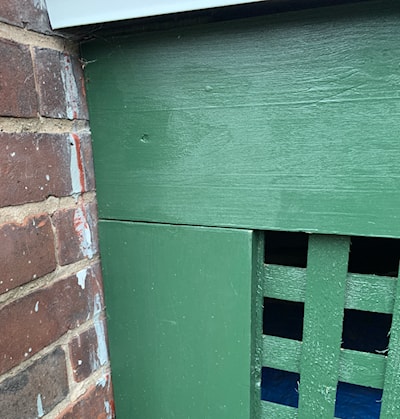I never use an impact drill to set screws fully. If I want a tight joint, I will pre-drill a pilot hole(s), and screw in by hand. If I have a large number of screws to put in place, I might use an impact driver to set the screws about 1/2 to 3/4 in, and do the rest by hand. I have found haste to be the biggest enemy of woodworking.
I also find if you are using a Kreg system, always use Kreg-styled screws. The flat bottoms of the screws ensure a tight grip, and help prevent the screw from pulling into the wood.
And my Kreg learning experience.... the screws are not meant to be removed/reinstalled. I used them for a project that needed to be dismantled.... nope.
Yes, I noticed that the few joints I took apart and reassembled seemed less tight as well. Though that could also be compounding issues. If it's a one-time reassemble, perhaps some toothpicks/sawdust and wood glue would do the trick?
@Eric Moss IF you can move the joint an inch, use the existing pocket and put the screw in a new spot. If that is not possible, I used the sawdust/glue trick. Be sure to hand tighten only (no impact drill)


Something I learned when using pocket screws for the first time this past summer.
I recently bought a Kreg pocket hole jig in order to clean up some of my screwed joints. As you can see in the photo, I did it messily in some cases, leading to loose screws and loose joints.
When driving in the pocket screws, I used my impact which ended up stripping the holes and making the screws quite loose. Rookie mistake! I could have set the clutch low on my drill instead. I also could have glued the joints at the same time, leading to a tighter and more permanent hold.
In the end, it didn’t really matter here because it was additionally held together with lattice, but thought I’d share my learning opportunity nonetheless. These loose joints certainly would have looked more “finished” if I had known better